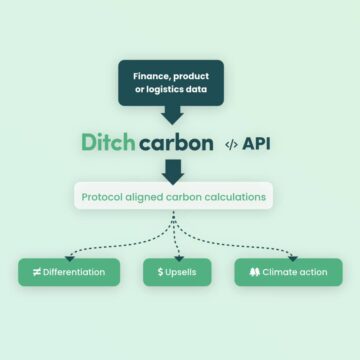
Understanding the Concept of a Top-Heavy Market and Evaluating Its Existence
In the world of finance and investing, the term “top-heavy market” is often used to describe a situation where a small number of stocks or companies dominate the market, leading to an imbalance in market capitalization and potential risks for investors. This concept is crucial for understanding market dynamics and evaluating investment opportunities. In this article, we will delve into the concept of a top-heavy market, explore its causes and consequences, and discuss how investors can evaluate its existence.
A top-heavy market occurs when a few large-cap stocks or companies have a disproportionately high market capitalization compared to the rest of the market. Market capitalization is calculated by multiplying the total number of outstanding shares of a company by its stock price. When a handful of companies have significantly higher market capitalization than others, they exert a significant influence on the overall performance of the market.
There are several factors that can contribute to the emergence of a top-heavy market. One primary factor is the outperformance of certain stocks or sectors, leading to their increased market capitalization. This can be driven by various factors such as strong earnings growth, innovative products or services, or favorable market conditions. As these companies continue to grow and attract investor attention, their market capitalization increases, making them even more dominant in the market.
Another factor that can contribute to a top-heavy market is consolidation within industries. Mergers and acquisitions can lead to larger companies with higher market capitalization, further concentrating power in the hands of a few dominant players. Additionally, regulatory barriers or high entry costs can make it difficult for new companies to enter the market and challenge the existing leaders, reinforcing the top-heavy nature of the market.
The existence of a top-heavy market can have both positive and negative consequences. On one hand, large-cap stocks or companies often have a proven track record of success and stability, making them attractive investment options for many investors. These companies may also have significant resources and market influence, allowing them to weather economic downturns or industry disruptions better than smaller players.
However, a top-heavy market also poses risks. The performance of the overall market becomes heavily dependent on the few dominant stocks or companies, making it vulnerable to any negative developments affecting them. If these companies face financial difficulties, regulatory issues, or reputational damage, it can have a significant impact on the entire market. Moreover, a top-heavy market can limit investment opportunities for investors seeking diversification, as the performance of their portfolios becomes heavily influenced by a few dominant stocks.
To evaluate the existence of a top-heavy market, investors can analyze various indicators. One crucial indicator is the concentration ratio, which measures the percentage of market capitalization held by the top few companies or sectors. A high concentration ratio indicates a top-heavy market. Additionally, investors can assess the performance of different sectors and stocks to identify any significant outperformance or underperformance by a few dominant players.
Investors should also consider the potential risks associated with a top-heavy market when making investment decisions. Diversification is key to mitigating these risks. By spreading investments across different sectors, asset classes, and geographies, investors can reduce their exposure to any single company or sector. Additionally, staying informed about market trends, regulatory changes, and industry developments can help investors identify potential risks and adjust their portfolios accordingly.
In conclusion, understanding the concept of a top-heavy market is essential for investors to navigate the complexities of financial markets. While a top-heavy market can offer opportunities for growth and stability, it also poses risks due to its dependence on a few dominant stocks or companies. By evaluating indicators such as concentration ratios and diversifying their portfolios, investors can make informed decisions and manage the potential risks associated with a top-heavy market.
- SEO Powered Content & PR Distribution. Get Amplified Today.
- PlatoData.Network Vertical Generative Ai. Empower Yourself. Access Here.
- PlatoAiStream. Web3 Intelligence. Knowledge Amplified. Access Here.
- PlatoESG. Automotive / EVs, Carbon, CleanTech, Energy, Environment, Solar, Waste Management. Access Here.
- BlockOffsets. Modernizing Environmental Offset Ownership. Access Here.
- Source: Plato Data Intelligence.
- SEO Powered Content & PR Distribution. Get Amplified Today.
- PlatoData.Network Vertical Generative Ai. Empower Yourself. Access Here.
- PlatoAiStream. Web3 Intelligence. Knowledge Amplified. Access Here.
- PlatoESG. Automotive / EVs, Carbon, CleanTech, Energy, Environment, Solar, Waste Management. Access Here.
- PlatoHealth. Biotech and Clinical Trials Intelligence. Access Here.
- ChartPrime. Elevate your Trading Game with ChartPrime. Access Here.
- BlockOffsets. Modernizing Environmental Offset Ownership. Access Here.
- Source: https://platodata.network/platowire/understanding-the-concept-of-a-top-heavy-market-and-evaluating-its-existence/










